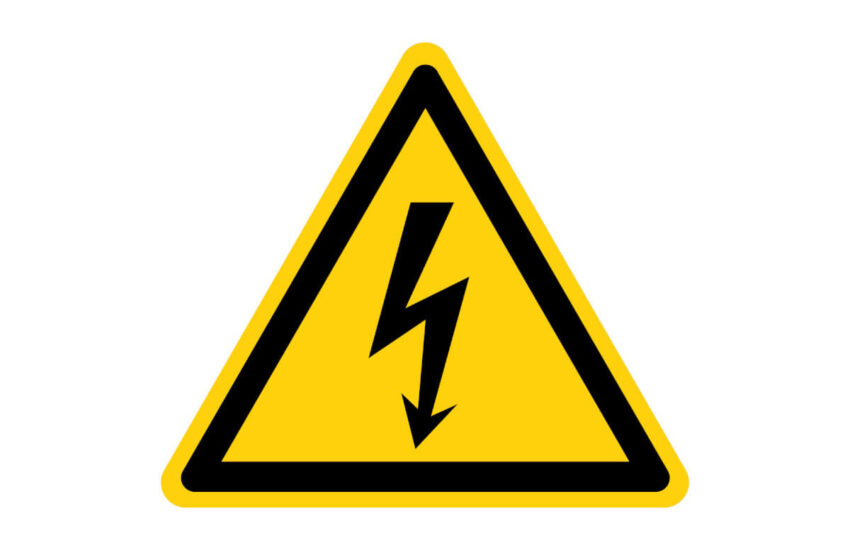In the rapidly evolving automotive market, the race towards electrification has taken varied paths for major car manufacturers, with Ford and General Motors (GM) facing challenges in their electric vehicle (EV) strategies, while Toyota reaps benefits from its focus on hybrid vehicles. The contrasting fortunes of these automotive giants highlight the complex dynamics at play in the transition to more eco-friendly cars.
Ford
Ford’s ambitious push into the EV market has not been without its financial pitfalls. The company reported a significant loss of about $4.7 billion on its electric vehicles last year, with projections indicating further losses in the range of $5 billion to $5.5 billion this year. These figures underscore the substantial costs associated with developing and manufacturing electric vehicles, which have eaten into Ford’s profits. In response to these challenges, Ford is shifting its strategy towards smaller, more affordable EV products, signaling a reassessment of its EV plans. This includes a focus on vertical battery integration and a delay or cut in $12 billion in spending on all-electric vehicles. Furthermore, Ford is assembling a “super-talented skunk works team” to build a low-cost EV platform, aiming to rival Tesla and address the cost concerns that have plagued its EV initiatives.
General Motors
GM’s journey into the EV market has similarly encountered obstacles, with dealers expressing concerns that the company’s focus on electric vehicles may be premature, as consumer demand for hybrids remains strong. GM’s CEO Mary Barra has acknowledged the rocky start to the company’s EV transition, citing challenges such as the impact of the UAW strike, expensive batteries, and technical missteps affecting various projects including Cruise automation and the Blazer EV. In a strategic pivot, GM has announced plans to re-introduce plug-in hybrids, recognizing the need to offer a broader range of powertrain options to cater to consumer preferences and market realities.
Toyota
Contrastingly, Toyota’s cautious approach to electric vehicles, favoring a diversified powertrain strategy that includes a strong focus on hybrid vehicles, has positioned the Japanese automaker for success. Toyota’s skepticism of the EV hype and its commitment to offering consumers a choice among various powertrains have paid off, as evidenced by booming hybrid sales and a forecast for record profits. Amidst an economic environment characterized by high interest rates and a slowdown in EV sales growth, Toyota’s reliance on hybrids, which accounted for around one-third of its total sales of more than 10 million vehicles last year, has enabled the company to outshine its rivals and offer an upbeat outlook.
Wrapping It Up
The divergent paths of Ford, GM, and Toyota in the transition towards electrification reflect the broader challenges and opportunities facing the automotive industry. While Ford and GM recalibrate their EV strategies in response to financial losses and market feedback, Toyota’s success with hybrids underscores the importance of flexibility and consumer choice in the shift to more sustainable transportation options. As the industry continues to navigate the complexities of this transition, the experiences of these automotive giants offer valuable insights into the evolving landscape of vehicle electrification, highlighting the need for innovation, adaptability, and a nuanced understanding of consumer preferences.
AutoByPayment.com offers accurate estimates of new and used car loan payments based on self-selected credit score, current rebates, down payment, and trade equity or negative equity, without customers having to provide their personal identifying information such as email and phone.
